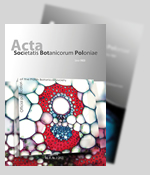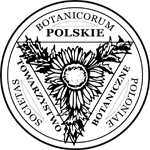Abstract
Germination, total dehydrogenase activity, ribosomal proteins and ribonucleic acids of embryos obtained from winter rye harvested in different years and of distinctly differing viability were studied. Diminishing viability was accompanied by declines in the amount of ribosome-bound mRNA and a drop in the intensity of its synthesis during germination. Electrophoretic analysis of control embryo (fully viable) ribosome proteins revealed 55 different bands: 10 acidic and 45 basic. The embryos of aged seeds had 43 different bands of which 8 were acidic, 35 basic and almost all of which had an altered electrophoretic mobility as compared with the control sample. As aging progressed, the percentages of lysine, histidine and arginine increased while those of tyrosine, methionine, proline and serine decreased.
Keywords
rye; seeds; aging; ribosomal proteins; RNA







